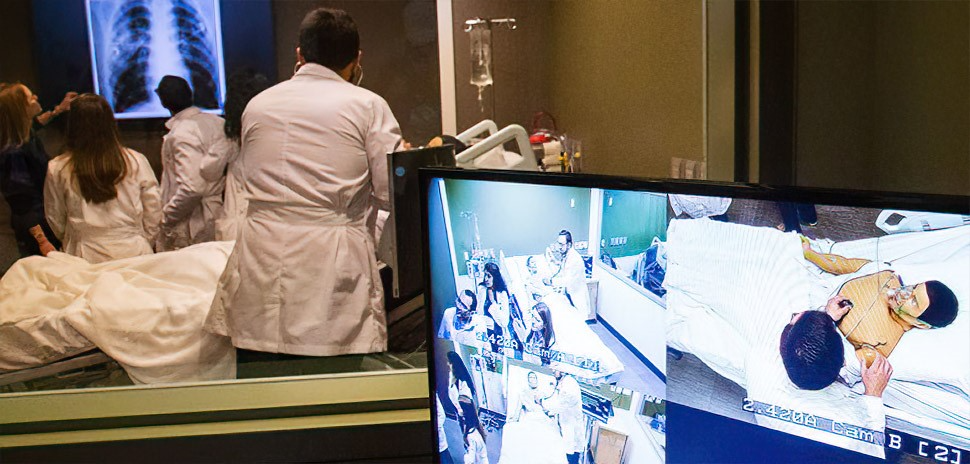A researcher at UT Southwestern Medical Center has been awarded a prestigious 2016 Transformative Research Award from the National Institutes of Health’s Common Fund.
The grant to Dr. Rama Ranganathan, director of the Cecil H. and Ida Green Comprehensive Center for Molecular, Computational, and Systems Biology at UT Southwestern, is one of 88 awarded as part of the High-Risk, High-Reward Research program of the NIH.
He will $2.025 million over five years, receiving 20 percent of that amount each year.
According to the NIH website, the awards total roughly $127 million, and represent contributions from the NIH Common Fund; the National Cancer Institute; National Heart, Lung, and Blood Institute; National Institute of Environmental Health Sciences; National Institute of General Medical Sciences; National Institute of Mental Health, and the Big Data to Knowledge initiative.
Ranganathan was one of 12 recipients in the Transformative Research Award category, but was the only recipient from Texas. He was one of three Texans to be honored among all categories.
He will lead a project titled, “Seeing Protein Mechanics: The Link between Molecular Structure, Function, and Evolution.”
According to the NIH website, the Transformative Research Award program has no limits in funding up to the “maximum available for the program as a whole.” .
According to a UT Southwestern release, Ranganathan is known for his lectures to summer research students on a systems biology approach to science that is “marked by the search for fundamental physical laws of biological processes.”
Ranganathan said the mechanisms involved in proteins are important to understand.
“Proteins are molecular machines that carry out the vast majority of the chemical reactions necessary for life. Understanding their mechanism of action is critical for understanding both healthy and disease states,” Ranganathan said in the news release. “We propose an approach which, for the first time, will allow us to visualize protein motions with atomic-scale accuracy, a key step in explaining how they work.”
How will Ranganathan’s group proceed?
It has created a way to use electrical fields and X-ray crystallography to capture images over time of proteins in action, the release said.
You can find out more about his research here.
Delivering what’s new and next in Dallas-Fort Worth innovation, every day. Get the Dallas Innovates e-newsletter.






































































